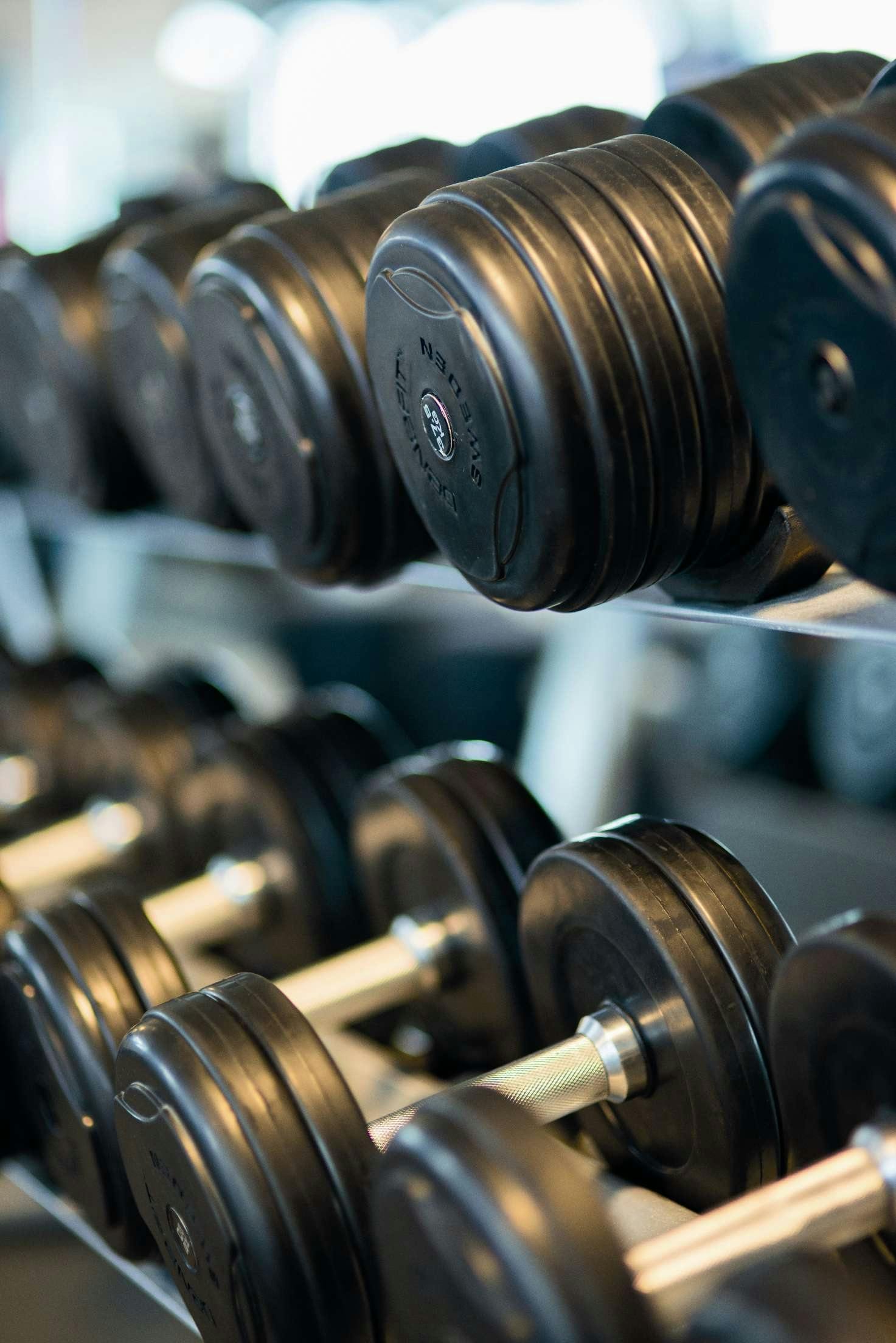Practical Guide to Your 3-Day Split Muscle Building Training Plan for 2025
Understanding the 3-Day Split Muscle Building Training Plan
The 3-day split muscle building training plan is an effective strategy utilized by fitness enthusiasts and bodybuilders to enhance muscular strength and hypertrophy. This approach divides workouts into distinct muscle group sessions, allowing for targeted fatigue and adequate recovery, which is crucial for muscle growth. The primary goal is to maximize training efficiency by focusing on different muscle groups each day, ensuring that all areas receive balanced attention.
Choosing a 3-day split is particularly beneficial for beginners and intermediate lifters. It provides structured guidance while enabling them to progressively increase their training intensity. It also allows for flexibility in scheduling, making it easier to adhere to your fitness routine without becoming overwhelmed.
In this article, we will explore the fundamental components of a successful 3-day split training regime, its benefits, and key exercises for each session. By the end, you will have a comprehensive overview that can propel your muscle building journey in 2025 and beyond.

Key Components of an Effective 3-Day Split Routine
Before diving into the specific workouts, it is essential to understand the critical elements that make up an effective 3-day split routine. These include proper warm-up, intensity management, and recovery strategies. Establishing these components lays the foundation for a successful training regimen.
Warm-Up Strategies
Warming up is vital for preparing your body for intense training. It enhances blood flow to the muscles, increases core temperature, and improves flexibility. A solid warm-up should last between 10-15 minutes and include dynamic stretches and light cardio to activate the neuromuscular system. Focus on specific areas you plan to train that day, ensuring they are thoroughly prepared for lifting and maximizing your workout’s effectiveness.
Managing Training Intensity
Training intensity refers to the amount of weight lifted relative to your maximum capability. To optimize your muscle building process, aim for a range of 70-85% of your one-repetition maximum (1RM) when performing compound movements like squats and deadlifts. Additionally, organizing your workouts in terms of volume—sets and repetitions—helps ensure progressive overload, a key principle for muscle growth.
Importance of Recovery
Recovery is as crucial as the workout itself. Ensuring proper rest between workouts allows your muscles to repair and grow. Incorporate rest days into your training week and consider methods such as foam rolling, stretching, and even yoga to enhance flexibility and reduce soreness. Proper nutrition plays a vital role in recovery as well, so prioritize a diet rich in proteins, healthy fats, and carbohydrates to fuel your progress.
Designing Your Workout Schedule
Your 3-day split program can follow various schedules depending on your preferences and goals. A common method is to alternate between upper body and lower body workouts, which allows for adequate recovery while maintaining a balanced approach to your muscle training.
Upper Body Workout
For an upper body session, focus on major muscle groups such as your chest, back, shoulders, and arms. Key exercises may include bench presses, bent-over rows, shoulder presses, and pull-ups. Aim for 3-4 sets of 8-12 repetitions for each exercise, adjusting weights as needed to stimulate muscle hypertrophy effectively.
Including a mix of compound and isolation exercises ensures a comprehensive approach, promoting growth across all upper body muscle groups.
Lower Body Workout
The lower body workout should target the quadriceps, hamstrings, glutes, and calves. Key exercises may consist of squats, deadlifts, lunges, and calf raises. Like the upper body sessions, implement 3-4 sets of 8-12 repetitions, with a focus on progressive loading to enhance strength and size over time.
Incorporating both strength-building movements and functional exercises promotes a well-rounded lower body development strategy.
Full Body Workout
A full-body training session acts as the capstone of your 3-day training split, allowing you to engage all major muscle groups in one workout. Utilize exercises that compound multiple muscle groups, such as clean and presses, thrusters, and kettlebell swings, emphasizing both strength and cardiovascular endurance.
In this session, aim for higher repetitions (12-15) to support muscle endurance while still challenging the muscles effectively.
Nutrition for Optimal Muscle Building
The role of nutrition in muscle building cannot be overstated; adequate intake of macronutrients and micronutrients is essential for recovery and growth. Focus on a diet that is rich in proteins, complex carbohydrates, and healthy fats.
Protein Intake
Protein is vital for muscle repair and growth, so aim for approximately 1.6 to 2.2 grams per kilogram of body weight daily, depending on your training intensity. Sources of high-quality protein include lean meats, fish, eggs, dairy products, and plant-based proteins such as legumes and quinoa.
Integrating a post-workout protein supplement can also support muscle recovery directly after training sessions.
Carbohydrate Management
Carbohydrates serve as the primary fuel source during workouts, so it’s crucial to consume enough for energy. Focus on complex carbohydrates like whole grains, fruits, and vegetables to sustain energy levels throughout your training week, particularly before and after workouts.
Hydration and Electroytes
Staying hydrated is critical for optimal performance and recovery. Ensure you’re drinking sufficient water throughout the day, and consider electrolyte supplementation if you engage in intense workouts or prolonged training sessions. Proper hydration can significantly enhance endurance and reduce fatigue.

Tracking Your Progress
Maintaining a training log is essential for tracking your progress and identifying areas needing improvement. Document weights, sets, repetitions, and how you feel post-workout to understand better your body’s responses to various training stimuli.
Benefits of Training Logs
Using a training log allows for optimized training intensity levels and informs necessary adjustments to your overall routine. Keeping a reflective record will enable you to celebrate small victories, which can be incredibly motivating and encourage adherence to your fitness goals.
Utilizing Technology for Tracking
Consider leveraging fitness apps and technology to help monitor your workouts, body metrics, and nutrition. These tools can provide valuable insights, making it easier to visualize your progress over time and maintain motivation.
Common Mistakes to Avoid
As you embark on your 3-day split training journey, it’s crucial to be aware of common pitfalls. Avoiding these can enhance your training effectiveness and prevent potential injuries.
Skipping Warm-Ups
Neglecting to warm-up can lead to muscle strains and injuries. Always prioritize this aspect of your training to prepare your muscles for the workload ahead.
Ignoring Recovery Days
Overtraining by not allowing adequate recovery can hinder your performance and lead to burnout. Ensure rest days are integrated into your routine to promote muscle restoration.
Lack of Nutrition Awareness
Nutrition is pivotal for muscle growth, so neglecting proper dietary intake can stall your progress. Make healthy eating a priority in conjunction with your training.
Conclusion: Embrace Your 3-Day Split Journey
Implementing a 3-day split muscle building training plan is an effective way to take your fitness to the next level. By focusing on injury prevention, establishing a balanced routine, integrating proper nutrition, and allowing for recovery, you’ll set yourself up for success.
As you move forward, remember that consistency is key. Strike a balance between challenging your body and allowing it to recuperate, leading to increased strength and improved overall fitness levels. Embrace each step of your journey, learn from progress, and keep pushing towards your muscle building goals.
